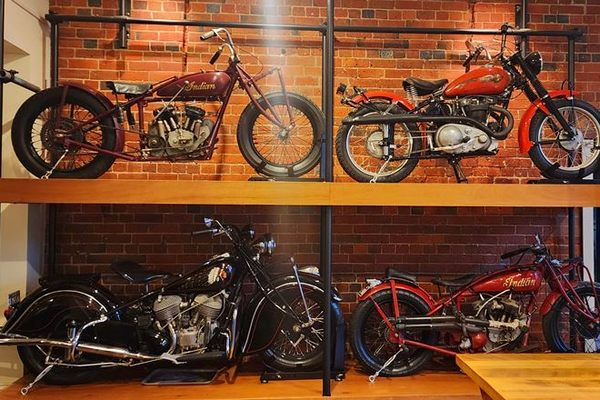About
The majority of materials contained in the Humboldt Museum pertain to local Winnemucca history and include: antique cars, period clothing, furniture, and valuables. Most prominently displayed is the skeletal remains of a Colombian Mammoth found nearby. In addition to the two-story main building housing the bulk of the collection and exhibits, the museum property also includes the 1907 St. Mary's Episcopal Church, the 1880s Greinstein Building, and the 1899 Richardson-Saunders House.
Many people are interested in the lore of Lovelock Cave, a cave 22 miles SE of Lovelock, NV containing nearly 4,000 years of human history. It was said the Si-Te-Kah, (also referred to by laypersons as "Red Head Giants"), were found to already be inhabiting northern Nevada when the Paiute and Shoshone arrived some 800 years ago. They utilized the cave as a cache site for tools and even burials. The discovery of cultural materials inside the cave was made in 1911 during a guano mining operation. When properly articulated, the human remains illustrated the height of the tallest individuals buried in the cave were just under 6'.
In 1956, the Stoker Family of Lovelock, Nevada, found several sets of human remains in the vicinity of the Humboldt Sink, just below Lovelock Cave, along the California Trail. These remains were once housed and even shown upon request at Humboldt Museum in Winnemucca, Nevada. However, in November 2014, the remains were repatriated to Lovelock Colony via Fallon Paiute Cultural Committee. The remains were well within normal human size parameters and have been re-interred in an undisclosed location.
Related Tags
Know Before You Go
After passing over the highway, look for a small road on your left and an old white church (the museum itself is the brick building in back). Open to the public Wednesday - Friday 9 a.m. to 4 p.m.; Saturdays 10 a.m. - 4 p.m.
Published
June 17, 2009
Updated
December 16, 2016
















































